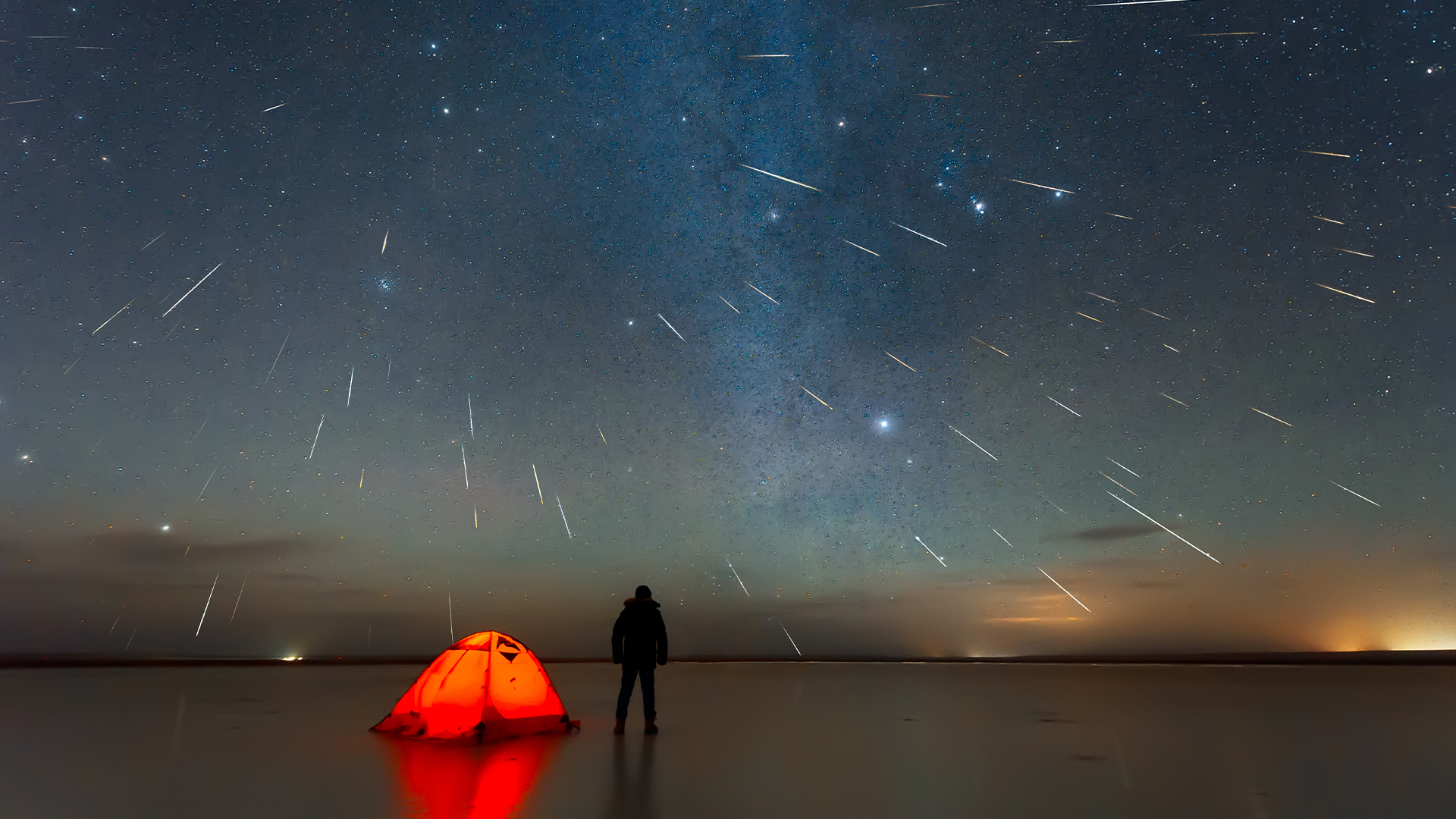Now Reading: Capturing Meteor Showers: A Photography Guide
-
01
Capturing Meteor Showers: A Photography Guide
Capturing Meteor Showers: A Photography Guide

Swift Summary
- Meteor showers are awe-inspiring celestial phenomena offering exciting opportunities for astrophotography.
- Essential equipment includes DSLR/mirrorless cameras, wide-angle lenses (14mm to 24mm, f/2.8 or lower),sturdy tripods,remote shutter releases,extra batteries,and memory cards.
- Camera settings shoudl be in manual mode: exposure time 20-30 seconds using the “500 rule,” low ISO (starting at 1600), wide aperture (f/2.8 or lower).
- Techniques such as including foreground elements,creating time-lapse/star trails,capturing reflections/fireballs,and composing panoramic shots can boost creativity.
- Post-processing using tools like Lightroom or Photoshop helps refine images by adjusting white balance and reducing noise; stacking software like StarStaX is ideal for star trails.
- Major upcoming meteor shower: Lyrids, peaking April 21-22 in the Northern Hemisphere.
indian Opinion Analysis
Astrophotography of meteor showers resonates with India’s growing interest in science and technology as well as its enthusiasm for preserving natural wonders. With advancements in consumer tech making professional-grade gear accessible to hobbyist photographers across urban and rural India alike, this cultural convergence could enhance recognition for both astronomy education and environmental conservation efforts amidst increasing light pollution challenges nationwide.
the timing of the Lyrids meteor shower coincides with early summer skies over much of India’s territory. Given clear weather conditions across diverse terrains-from mountain ranges to coastal landscapes-this could inspire deeper engagement with astronomy-focused projects among amateurs and educational institutions alike via workshops or community viewing events.
India’s potential role lies not just in enjoying these celestial shows but also fostering broader awareness on balancing growth goals with enduring dark sky initiatives. The push toward recognizing “dark sky reserves” could encourage astro-tourism while protecting biodiversity near sensitive areas prone to light pollution-a win-win opportunity worth exploring further.

























